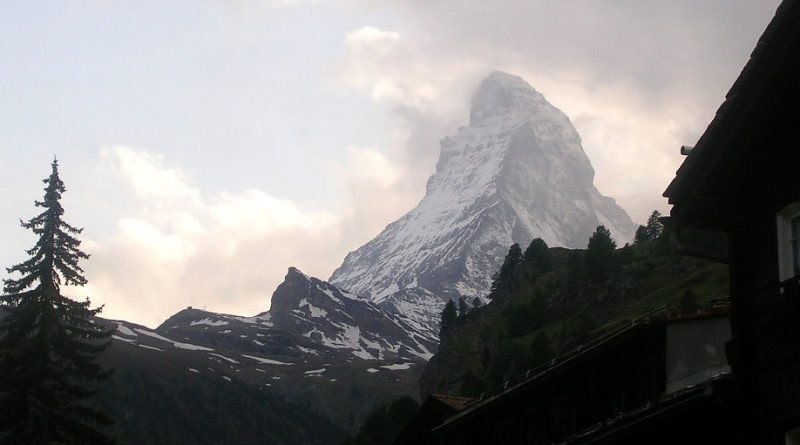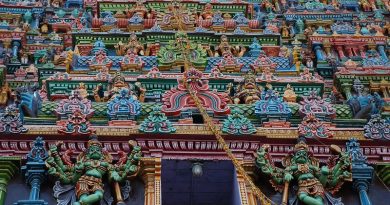The Story of Zermatt
Skiing, or travelling over snow on skis, has a history of almost five millennia, but it was in the Swiss Alps, were where people first skied for fun. The British arrived in the Alps in the 18th century and from 1850 to 1865, were the first to have climbed more than 30 Swiss mountain peaks.
Until the early 19th century, Zermatt was a poor, rural village whose inhabitants mainly worked on the land and visitors were few and far between. Zermatt is surrounded by some of Switzerland’s highest mountains and these were gradually being conquered by mountaineers and explorers in the early 1800s. As a result, tourism began to slowly develop from 1820 onwards and Dr Josef Lauber opened the first hotel in 1838 which he named the Hotel Cervin.
Alexander Seiler: The Seiler family are one of the most important in the resort’s history and it all began when Alexander arrived in Zermatt in 1851 and took over the lease of the Hotel Cervin in 1853. He had very little experience in the hotel trade, yet just one year later he not only became the outright owner of the Hotel Cervin, renaming it Hotel Monte Rosa, which is still popular today, he also took out a lease on the Riffelberg Hotel.
Alexander Seiler had a vision that he wanted Zermatt to become a popular tourist destination and with the success of his hotels, he began to buy more and more land from the local farmers.
After Alexander Seiler’s death in 1891, his family continued his vision and decided Zermatt would be the perfect place for winter sports as well as walking and mountaineering that were now firmly established summer activities.
In 1908 they organised a special visit for the press to highlight the winter opportunities that the resort offered. However it wasn’t until 1928 that the first official winter season took place and from then on Zermatt grew even more in popularity.
Edward Whypmer: While Seiler had been developing Zermatt’s hotel trade, the resort had made its name on the European stage for another reason. When it came to conquering the mountains dominating the skyline around the village, the one that stood out by far was the Matterhorn. As people began to reach the summit of these other peaks, the Matterhorn was the one remaining challenge with several of Europe’s best climbers attempting to reach the summit.
The British explorer Edward Whymper had tried and failed eight times to climb the infamous Matterhorn from the Italian side of the border, but in 1865 he decided to attempt it from the Swiss side, and would need to start his expedition in the village of Zermatt.
Whypmer’s team of 7 began their climb to the top of the Matterhorn in July 1865. They were in direct competition with a group of Italians who had started out the day before from the Italian side and on 14th July, Whymper and his party won the race, becoming the first group of people to reach the summit and conquer one of Europe’s most famous mountains, standing at 4478m (14692ft) above sea level.
Sadly, the expedition became most well known by the fact that four of the climbers fell and died on the way down. Only Whymper and the two local guides, Peter Taugwalder and his son Peter Taugwalder Junior survived and completed the descent.
Zermatt Then: In the former pre-Alps, in the village of Zermatt and especially in the Hinter Dorf area, there are old farm buildings built of logs .Having largely been forgotten since the 1960s, theHinter-Dorf area is, in fact, the oldest surviving village centre and some of the buildings are over 300 years old. These fascinating Valais log buildings with their sun-beaten wooden walls made of larch wood were mainly put to agricultural use. There were barns where people would thresh the grain, and storehouses where they would dry their meat, slaughter their animals and store their treasures from the land away in chests. And there were buildings, known as Gädi, where the cattle were housed on the bottom floor and the hay stored on the top.
These barns and storehouses mainly stood on stilts with round stone slabs on top so as to prevent rodents and insects from entering. The roofs on these typically Valais-style buildings were covered with shingles and flat stone slabs. There are around 50,000 of these agricultural buildings still in existence. The preservation of these buildings is of growing importance to the local communities, the Swiss Heritage Society and, fortunately, the owners themselves.
The buildings symbolise the customs, traditions and farming culture at the highest altitudes in this Alpine region.
With the decline of agriculture during the past century and particularly since the 1960s, these wooden witnesses to Alpine agriculture have increasingly lost their function. It was only in the 1970s and 80s that people started to realise that this cultural heritage was under threat. Maintenance of these buildings has been hindered by the inheritance laws in the Valais – many generations have now passed and as each building was used by several farmers there are, in some cases, hundreds of heirs involved. Preservation requires some considerable expense and family unity.
Zermat Today: Zermatt has the largest and highest summer skiing area in Europe. Twenty-five kilometres of pistes and eight ski lifts remain open all summer. From the KleineMatterhorn, and on a clear day, it is possible to see forty peaks over 4000 metres (13,000ft) elevation and 200km (130 miles) distance to the Maritime Alps close to the Mediterranean sea.
Due to its extreme altitude and huge summer snow area, Zermatt very often hosts international ski (and snowboard) teams busy refining their technique. Swiss, Italian, Austrian, Scandinavian, and even some North American teams are attracted to this area because it is one of the best summer skiing areas in the northern hemisphere.




